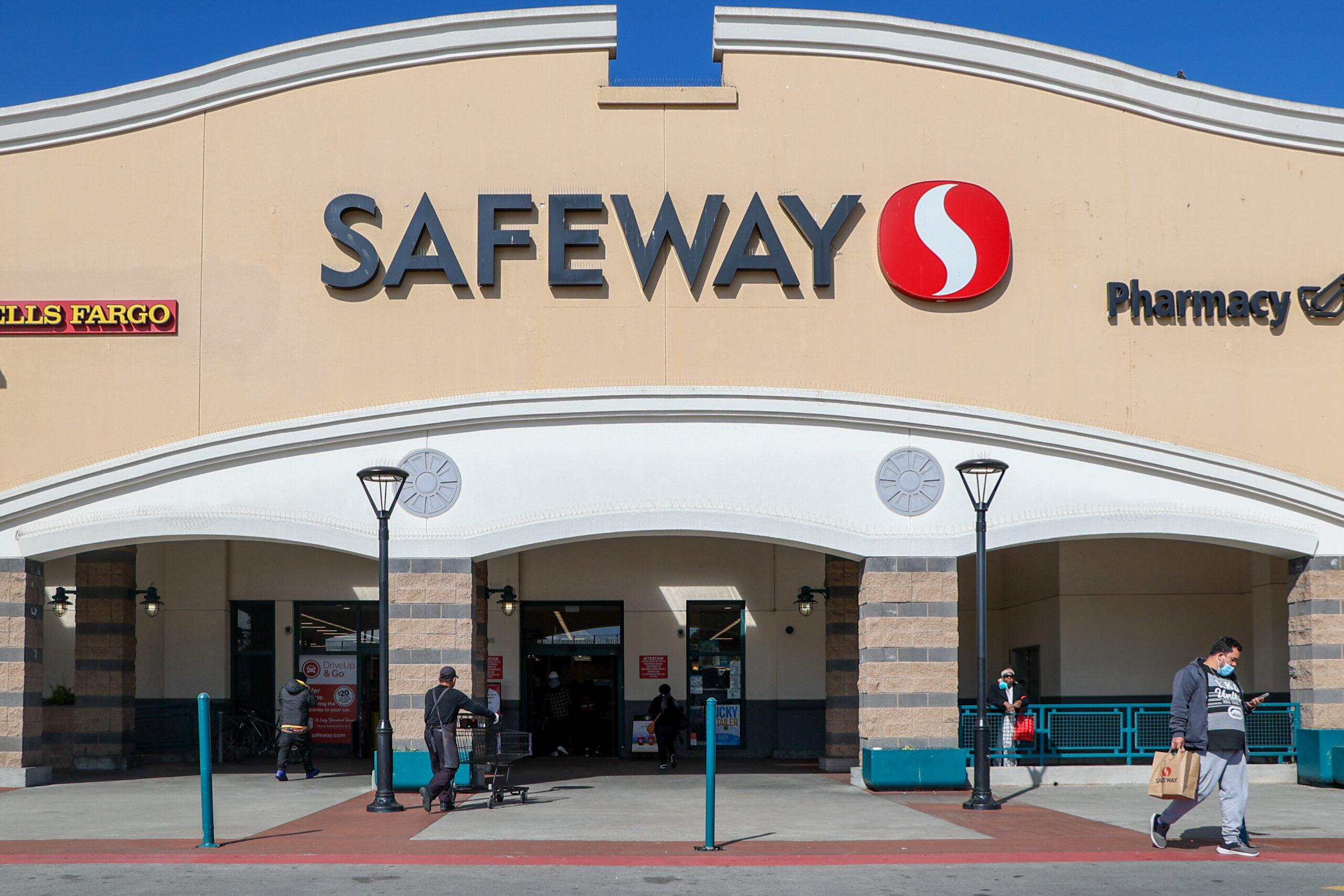Anthony Castro is in his second year as a dental student at UC San Francisco, well on his way to a lucrative career perfecting the smiles of his patients. But for now, the days of good and plenty are beyond his current horizon. Castro’s wallet is being squeezed by forces familiar to many San Franciscans: rent, tuition and even inflationary pressures that are raising the prices of everything from a tank of gas to coffee, e-bikes and avocado toast.
“We’re in a doctoral program, but we have no income,” Castro said of himself and many of his fellow students. “We have no access to food unless we take out a high-interest loan to pay for it.”
With few options, Castro applied for and received CalFresh benefits, the state’s version of the Supplemental Nutrition Assistance Program (SNAP), which provides low-income residents financial assistance to purchase food through EBT debit cards.
This month, Safeway became the first grocery retailer in San Francisco to allow CalFresh recipients to purchase goods online for both pickup and delivery using their SNAP benefits. Safeway’s program, which is launching in the Bay Area before expanding to the rest of Northern California later this year, also eliminates minimum cart fees as well as the 25-cent charge for bags.
CalFresh benefits were initially prohibited from being used online. That changed with a new pandemic-era pilot program that opened up EBT benefits for online food purchases.
“Before the rollout of online EBT you were pretty much limited to what you could do with your card unless you physically were in the store,” Castro said. “From a personal standpoint, there was a time where I didn’t have a car and it was very difficult to get groceries, so I do think it is an essential tool to help feed San Francisco’s population.”
CalFresh recipients can use their EBT debit card as a payment method on the Safeway website, track eligible products and view their SNAP benefits online. They can also use alternative payment methods to purchase non-food products as part of the same order. The benefits can’t be used for alcohol, hot prepared foods, medicines and non-food items, as well as delivery fees and associated charges for online orders.
“The new service is really about creating easy access to the shopping experience for everyone so that they do have options, whether they choose to order it through our e-commerce platforms or when shopping at our stores,” said Wendy Gutshall, Safeway’s government affairs director for Northern California.
Research from Mercatus, a grocery software provider, showed that grocery eCommerce sales nearly tripled between 2019 and 2021, a trend that has accelerated during the pandemic. At the same time, food insecurity remains a major problem in San Francisco, where an estimated one in four residents is at risk of hunger due to a lack of money.
Still, there are barriers to using EBT benefits online. Castro said he was unable to schedule a grocery store delivery from Safeway earlier this week because of technical issues with the site that stopped him from putting in his order.
Safeway said a “few minor issues” have been reported with the rollout of its expanded SNAP program, and customers experiencing technical difficulties should contact its grocery delivery customer service department at (877) 505-4040.
While there is no publicly available data on the use of SNAP for online purchases, research from food insecurity policy group Unbox found that just 1.6% of California’s SNAP transactions occurred online in 2020.
According to Unbox’s report, the average online transaction size in California was $29.65, which was lower than the $30 minimum cart benchmark previously used by Safeway.
Liliana Sandoval, an associate director of outreach at SF-Marin Food Bank, said limiting SNAP benefits to in-store purchases proved to be a major struggle for CalFresh’s elderly or infirm clients, particularly during the pandemic.
“These are folks who are at higher risk for Covid or who have mobility issues, and this option allows them a choice to get the nutrition and food they need without riding a few buses or asking someone to go on their behalf,” Sandoval said.
She pointed to a partnership between California’s Department of Social Services and Code for America to simplify the CalFresh application process as another recent example of the state using new technology to feed low-income Californians.
“I’ve been doing this work for more than a decade,” Sandoval said. “The huge difference in the last five years is that, previously, no one had a phone to text or access the internet. Now whether or not they have a computer, they have a computer in their pocket.”
